We will be sharing a STEM challenge children can do at home here every Friday. Complete the challenge and share your results on social media with @BramptonLibrary #kidsatBL!
This week’s challenge:
This week, we will learn the science behind building paper planes, including concepts of force and gravity. We’ll build different types of paper planes and figure out which planes can fly furthest and how much weight they can carry!
Supplies you will need:
- Paper
- All types of paper! Printer paper, construction paper, cardstock, cardboard… maybe even paper towels, if you think they might work!
- Tape
- “Cargo”
- This can be any small, not-too-heavy items around your house! Pom poms, paperclips, pens and pencils, hair ties, lip balms…
Build your plane
Let’s start simple! Build a paper plane. You can use any design you like!
If you’ve never built a plane before-- you’re in luck! Here are some simple instructions:
|
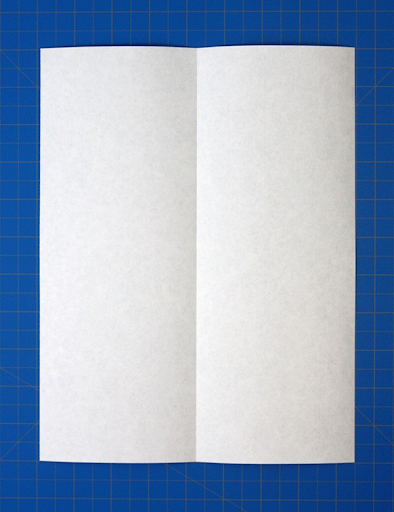 |
|
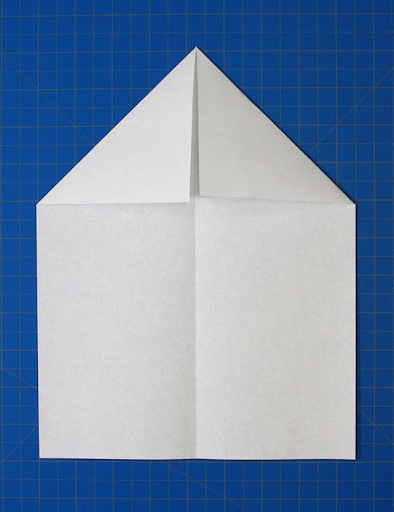 |
|
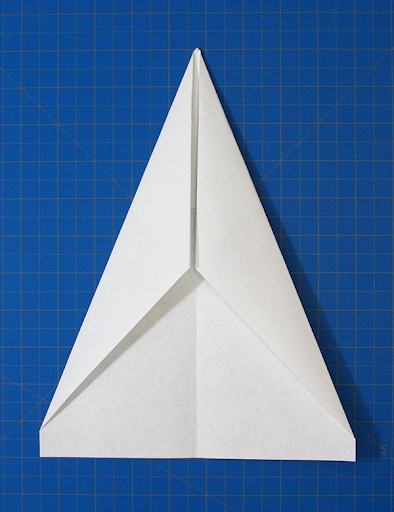 |
|
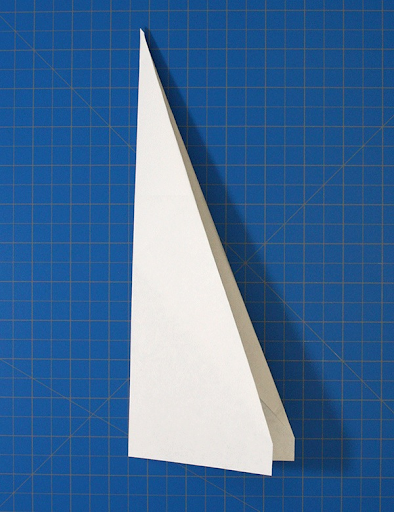 |
|
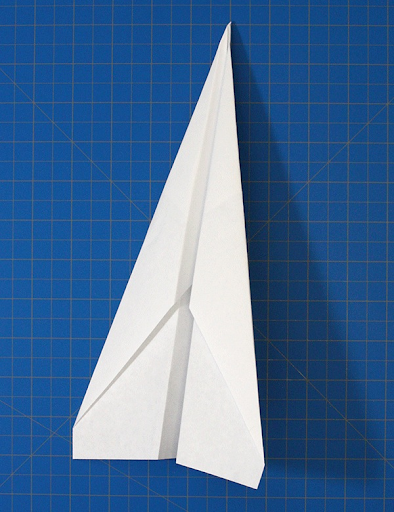 |
Well done! You’ve built a paper plane. (more detailed instructions and a video are available here!).
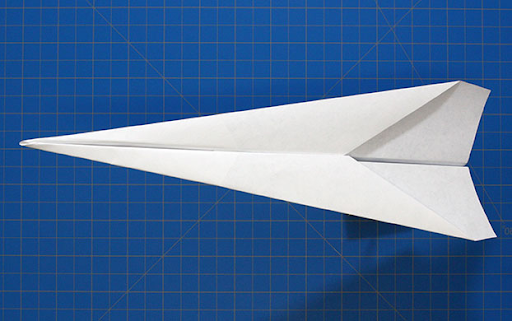
Test your plane
Can your plane go the distance? Test it out -- throw it and see how far it can go! You might need to practice throwing it a few times first!
Try different designs
If it doesn’t quite fly, it might mean it’s time to try another design! There are dozens of different styles of paper planes- some easy to build, and some very tricky. Check out some different designs, and practice building a few different planes until you find one that flies fast and far! You might also want to try building with different types of paper- some might work better than others.
Add cargo
Time for the true challenge: can your plane transport cargo? Tape some cargo onto the back of your plane, and see if it still flies well.
- The heavier the cargo, the harder it might be-- how much cargo can your plane carry?
- If your plane won’t fly with cargo-- how can you make your plane stronger?
Bonus challenges
- Set up a target. Can you aim well enough to hit the target? Do different designs of planes work better?
- Time your flight. How long does your plane stay in the air for? How can you make it stay in the air for longer?
- Measure the distance. Create a starting point, and throw your plane, then measure how far it travels! Practice a couple of times and with different designs, until it flies as far as it possibly can.
How does it work?
- Paper planes are gliders. Their wings allow the plane to “sit” on the air by compressing air molecules beneath them, creating higher pressure below the wing than there is above the wing. The wings “rest” on the higher air pressure.
- Features like rudders and tails, that you might see in fancier paper planes, can change the flight direction or performance:
- Sturdy body = better control of the airplane
- Rudder = stabilizes the flight
- Flap = help turn the plane
- Heavy front = nosedive
- Objects in flight are acted upon by the opposing forces of lift, gravity, thrust, and drag. For more about how flight works, check out this video: How do planes get off the ground?
Have fun building your planes! And don’t forget to share your creations with us, @BramptonLibrary #kidsatBL!
If you liked this activity, you might enjoy these free resources from our digital library:

Origami Toys, by Paul Jackson (electronic resource, recommended for 8-12 years)

Flight, by Andrew Nahum (electronic resource, recommended for 6-12 years)
Resources for grown-ups:




 905-793-4636
905-793-4636